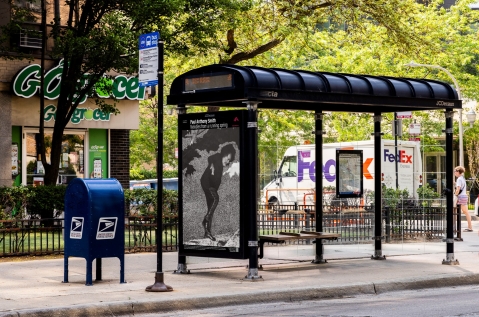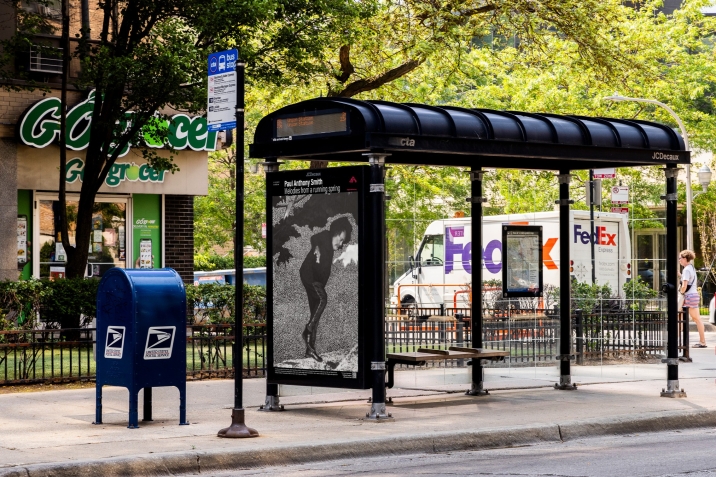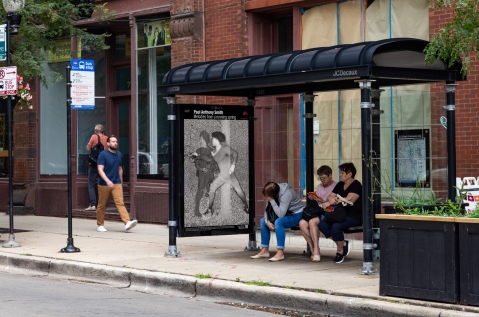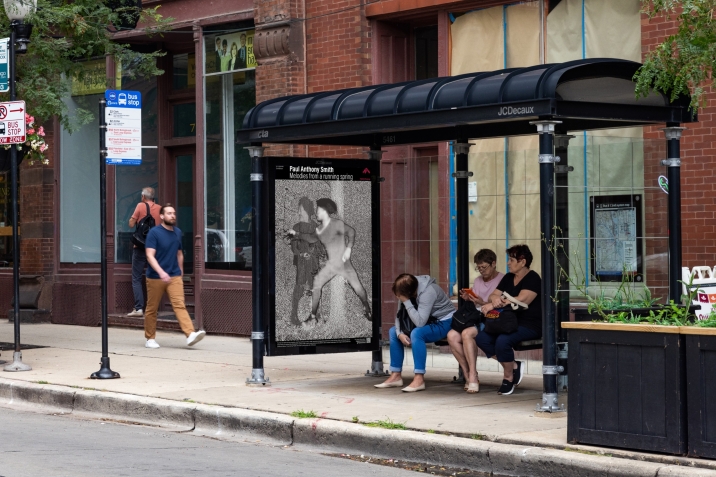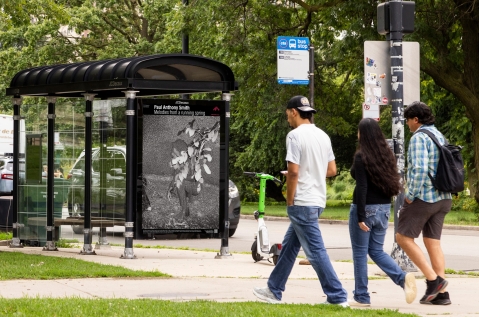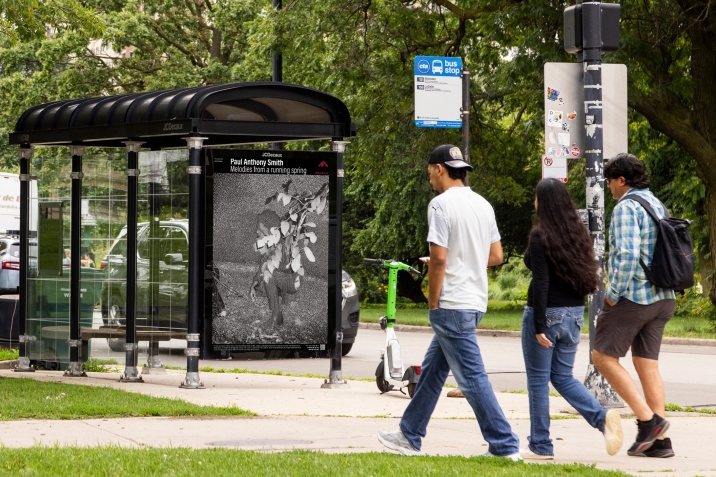This summer, JCDecaux and Public Art Fund once again prove the power of public space to inspire, educate, and connect. Their latest collaboration features Paul Anthony Smith’s debut solo public art exhibition, Melodies from a running spring, which will appear across more than 300 JCDecaux bus shelters in New York City, Boston, and Chicago from July 9 to September 7, 2025.
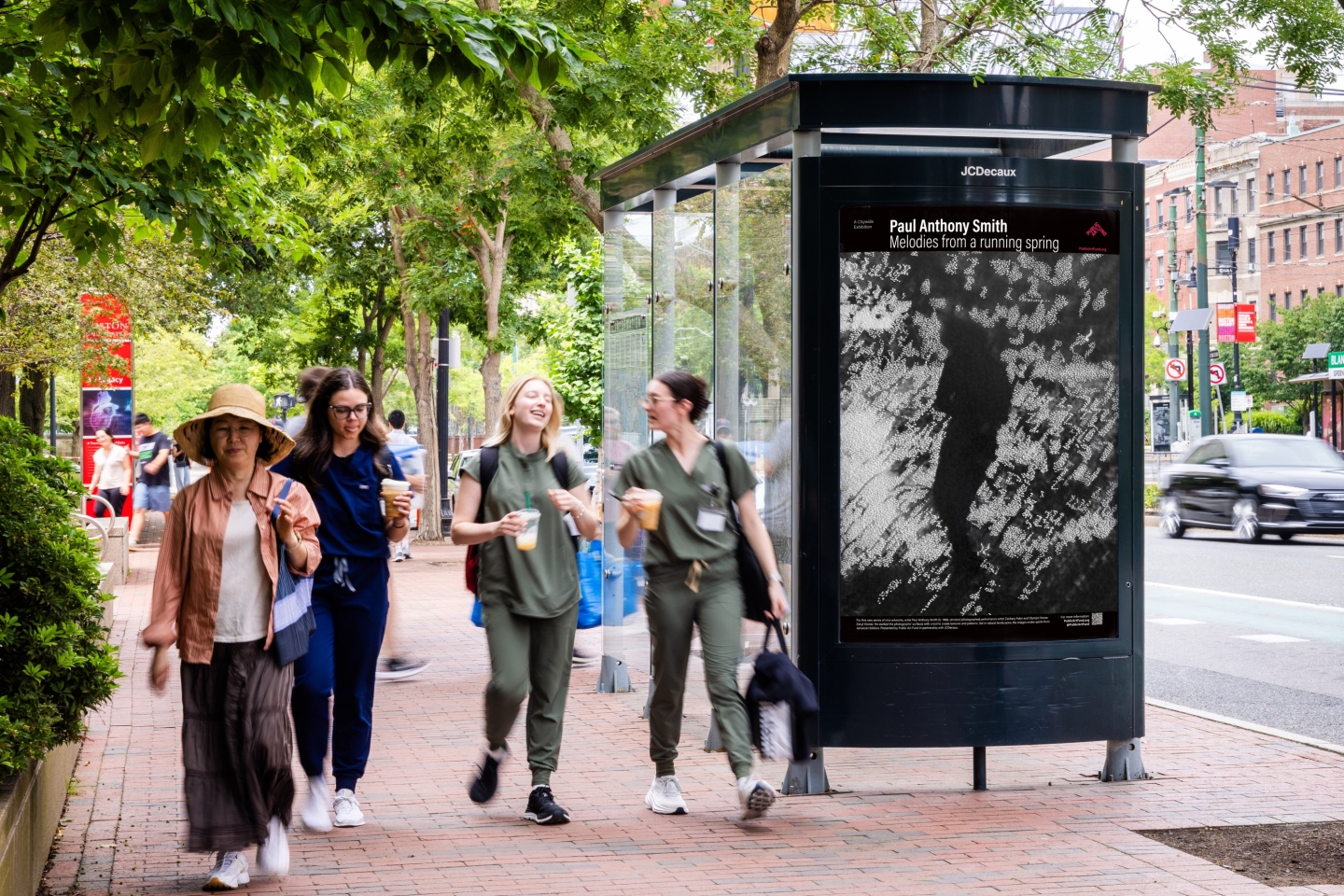
Boston Bus Shelter, Olivia Moon Photography, Courtesy of Public Art Fund, NY.
The exhibition highlights a larger truth about our streetscape; street furniture can be more than just utility. It can serve as a true public service by offering cultural enrichment in the places people pass through every day.
Art Where We Are
This summer, JCDecaux and Public Art Fund once again prove the power of public space to inspire, educate, and connect. Their latest collaboration features Paul Anthony Smith’s debut solo public art exhibition, Melodies from a running spring, which will appear across more than 300 JCDecaux bus shelters in New York City, Boston, and Chicago from July 9 to September 7, 2025.
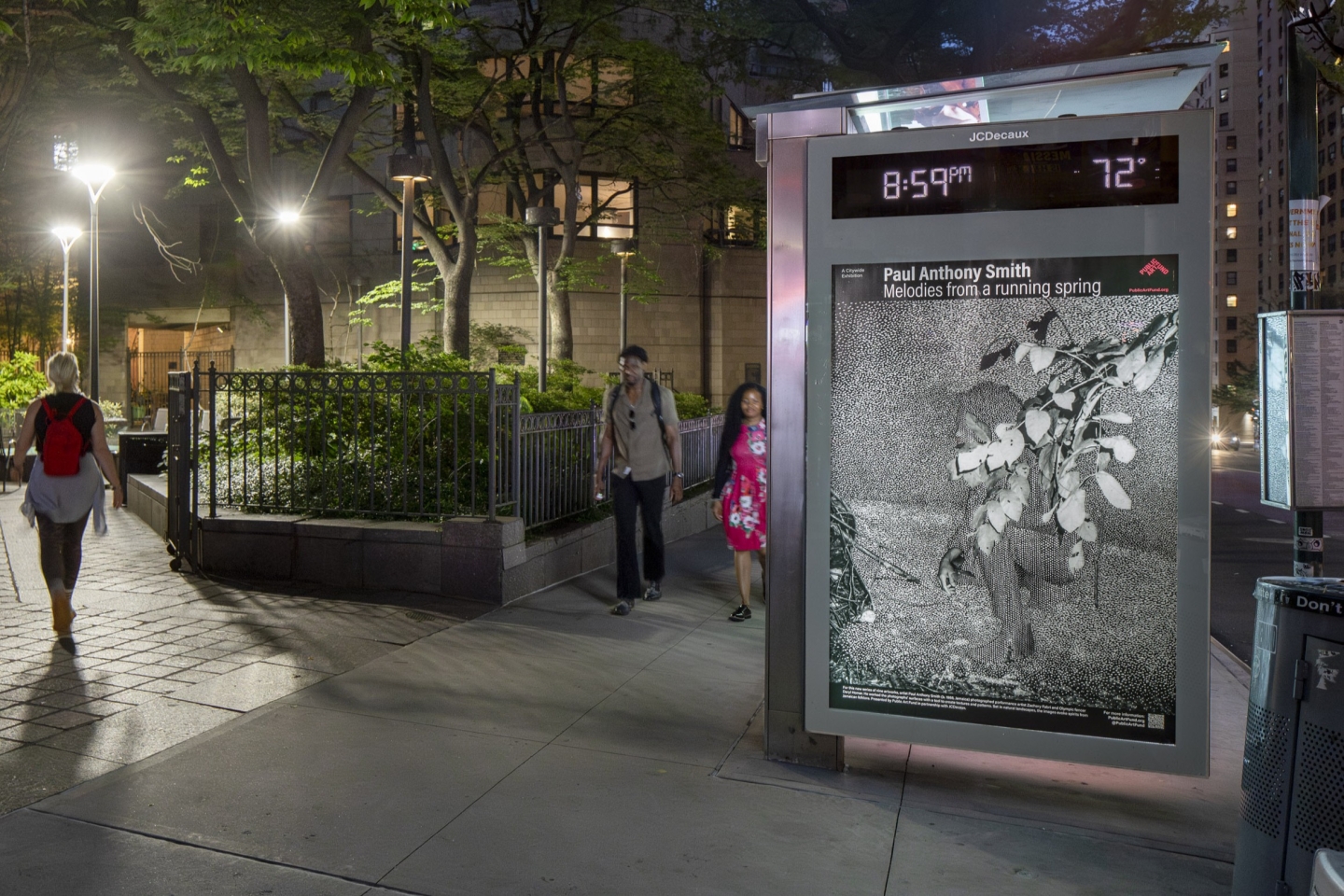
New York Bus Shelter, Nicholas Knight, Courtesy of Public Art Fund, NY.
Picotage involves puncturing the surface of a photograph with a handmade ceramic tool, disrupting the image to create texture, pattern, and meaning. Smith photographed two Caribbean subjects, artist Zachary Fabri and Olympic fencer Daryl Homer, posing them in lush landscapes that reject the stereotypical, colorful imagery often associated with Jamaica. The result is a quieter, more intimate portrayal rooted in memory and spirit.
By reimagining these public surfaces, Smith offers not just beautiful compositions, but a new visual language for the city. These are not advertisements. They are invitations to pause and to see with new eyes.
Public Art as Public Service
This exhibition removes the boundaries often associated with experiencing art. Viewers do not need to enter a gallery or purchase a ticket. They simply need to look up while walking to work or waiting for a bus. In doing so, they encounter world-class art integrated directly into their daily routines as shown below on our Chicago bus shelters.
The use of JCDecaux’s media spaces reinforces the idea that infrastructure can serve more than one function. It can be useful and meaningful. Through Smith’s work, a bus shelter becomes a space of spiritual and cultural reflection.
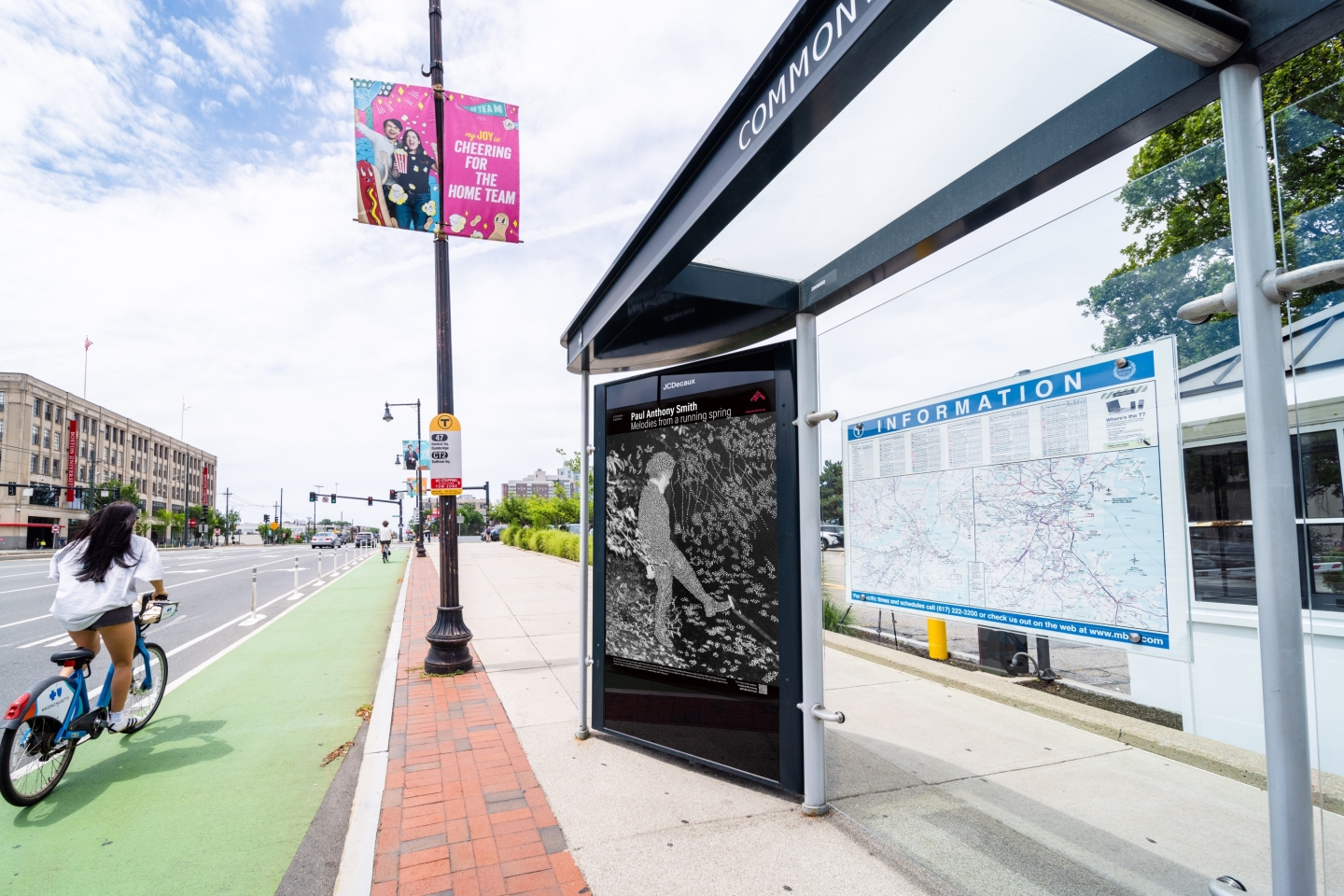
Boston Bus Shelter, Olivia Moon Photography, Courtesy of Public Art Fund, NY.
These moments of connection are not limited to the art world. They are available to everyone, regardless of background, age, or profession. That accessibility is what makes this kind of public art so powerful.
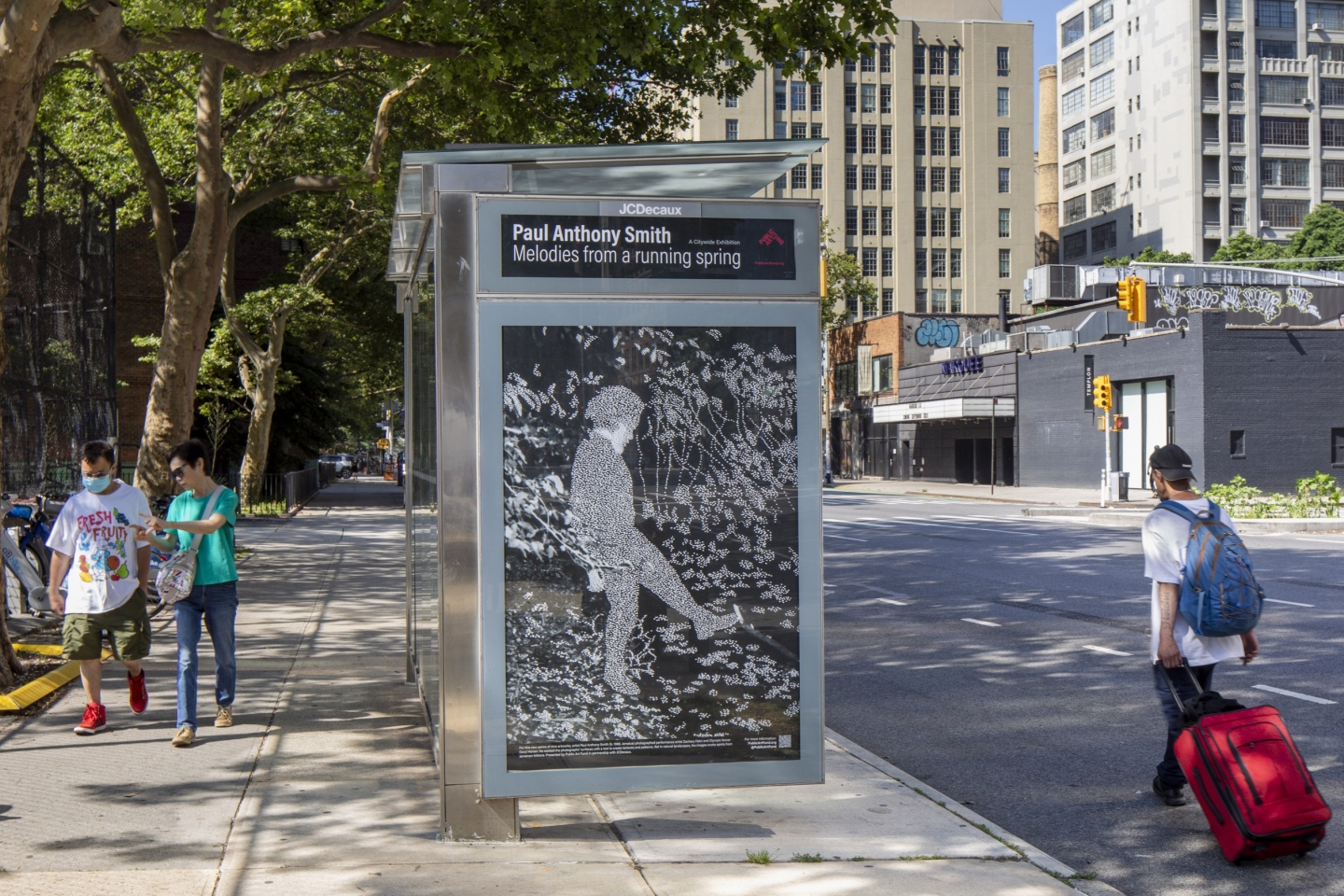
New York Bus Shelter, Nicholas Knight, Courtesy of Public Art Fund, NY.
Continuing a Legacy of Cultural Access
Since launching their partnership in 2017, JCDecaux and Public Art Fund have supported fourteen exhibitions across seven cities. Previous artists, such as Adrienne Elise Tarver, have used this platform to challenge perceptions and expand the possibilities of public art. Paul Anthony Smith builds on that legacy, offering images that delve into identity, ancestry, and diaspora.
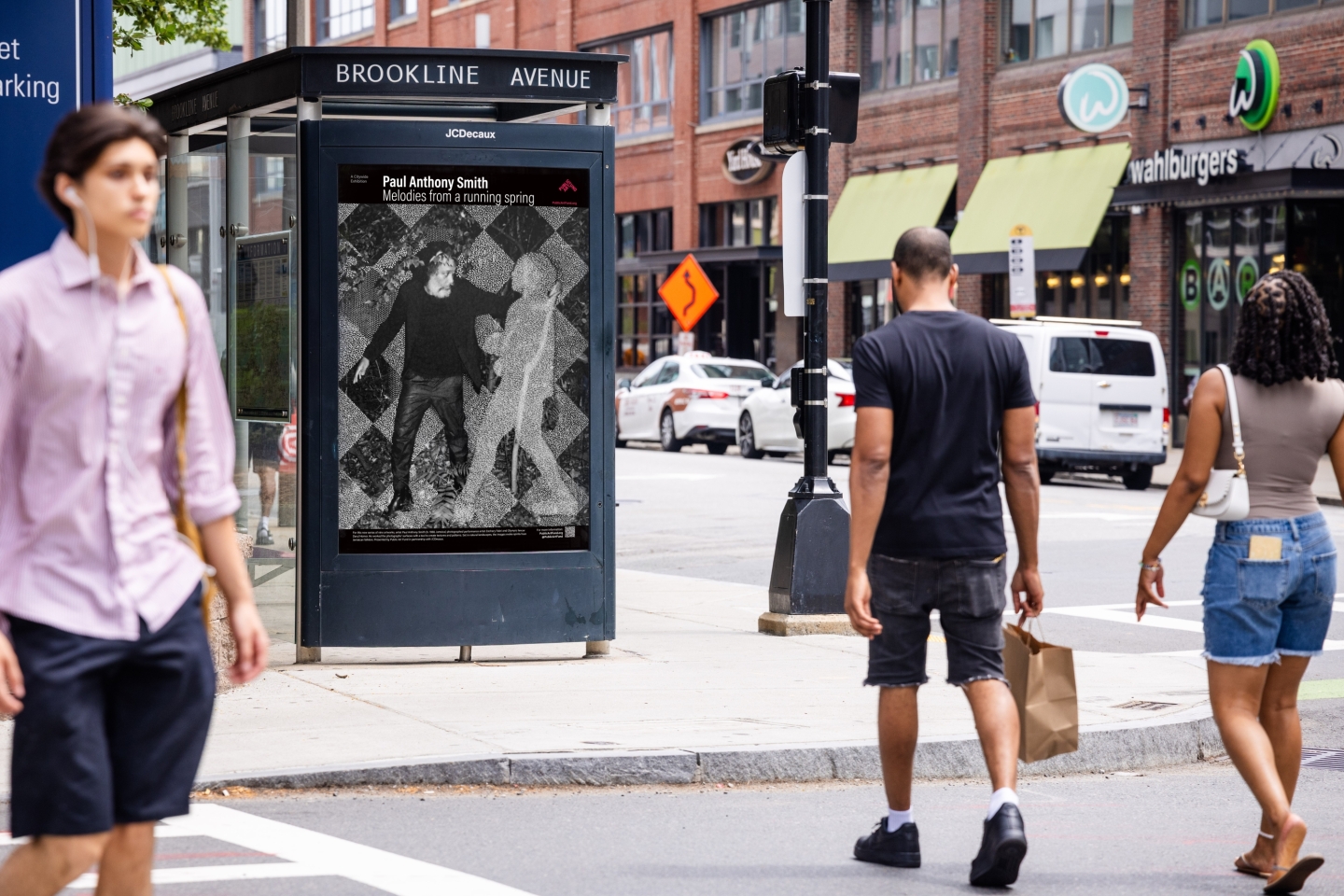
Boston Bus Shelter, Olivia Moon Photography, Courtesy of Public Art Fund, NY.
Public Art Fund Assistant Curator Jenée-Daria Strand notes that Smith’s work “feels especially powerful in the public realm because it invites reflection on how often constructed narratives are consumed through images and adopted as truth.”
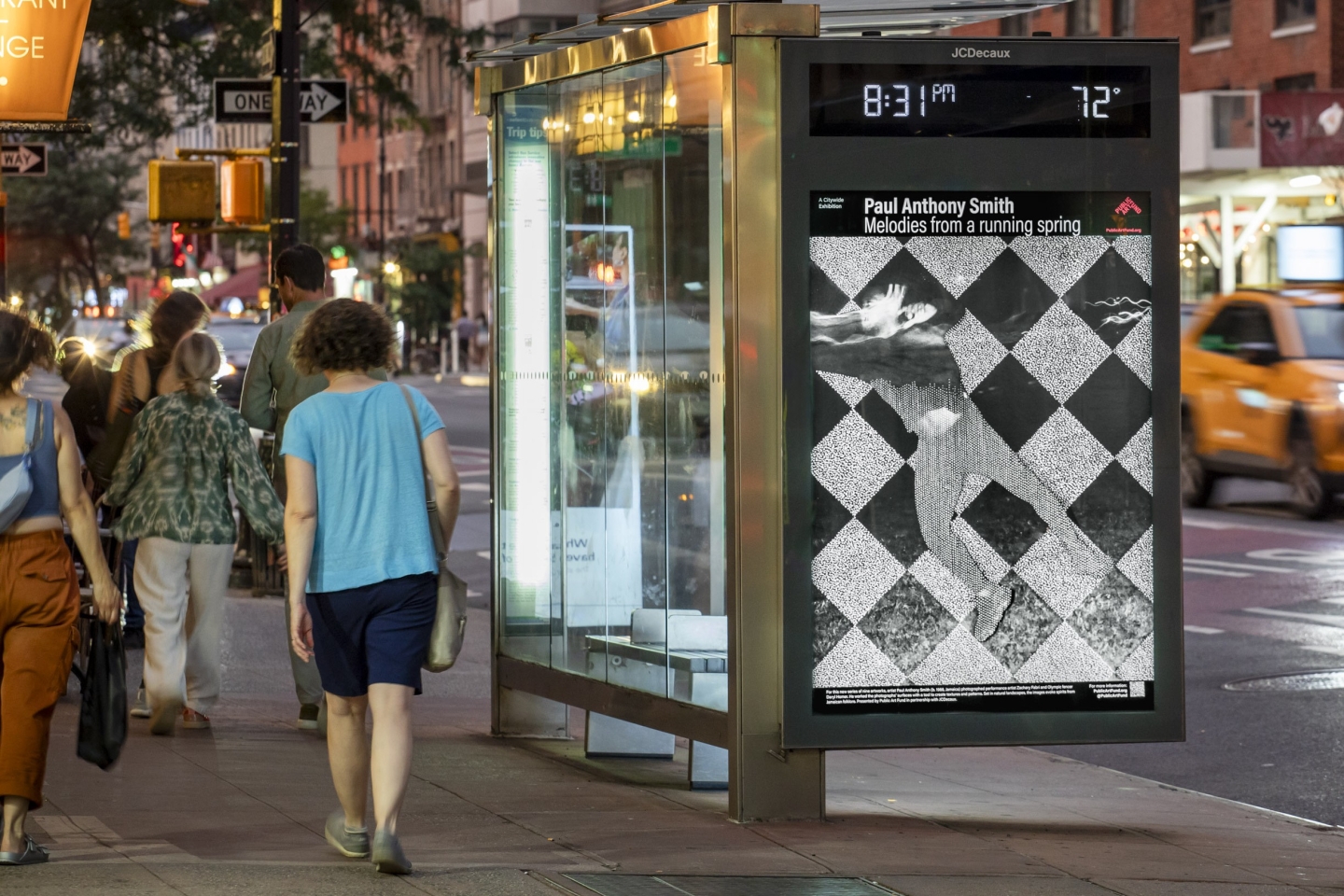
New York Digital Bus Shelter, Nicholas Knight, Courtesy of Public Art Fund, NY.
By turning utilitarian structures into cultural touchpoints, JCDecaux and Public Art Fund remind us that art belongs everywhere. In Smith’s hands, the city becomes a gallery and every bus stop becomes a site of meaning. This exhibition is not just something to see. It is something to experience, something to feel, and something that stays with you long after the bus has arrived.

